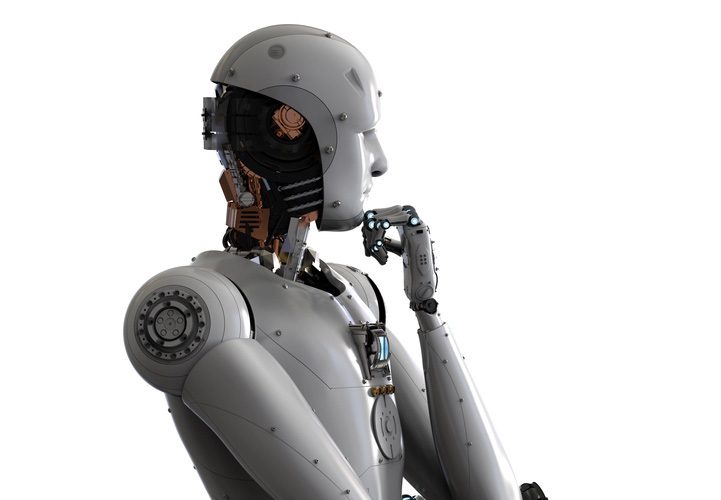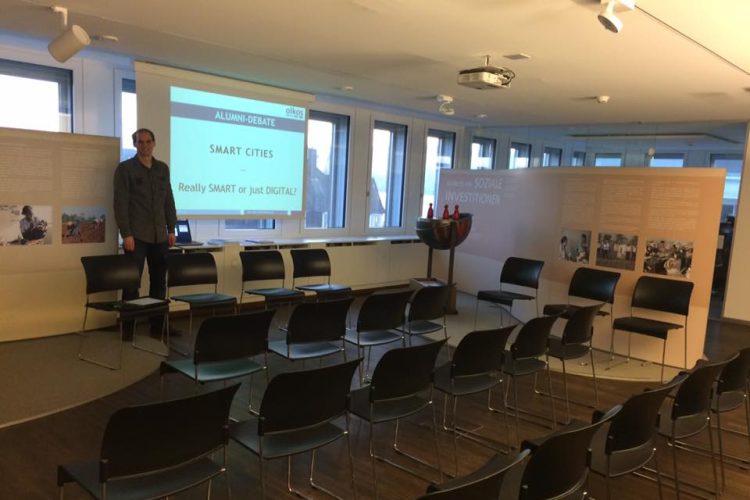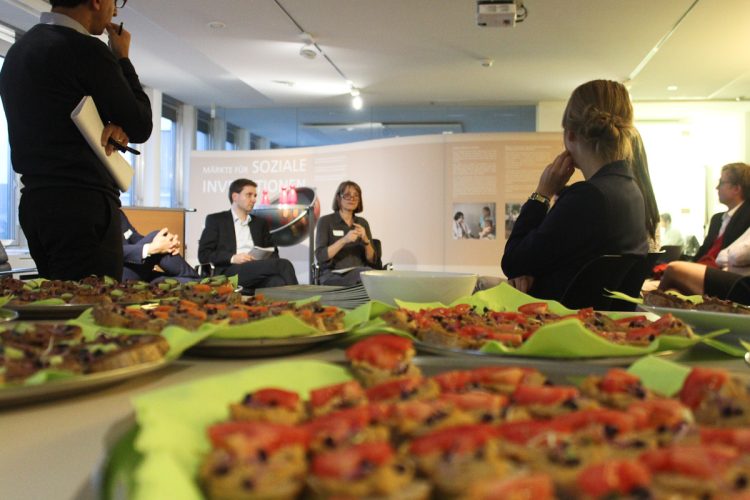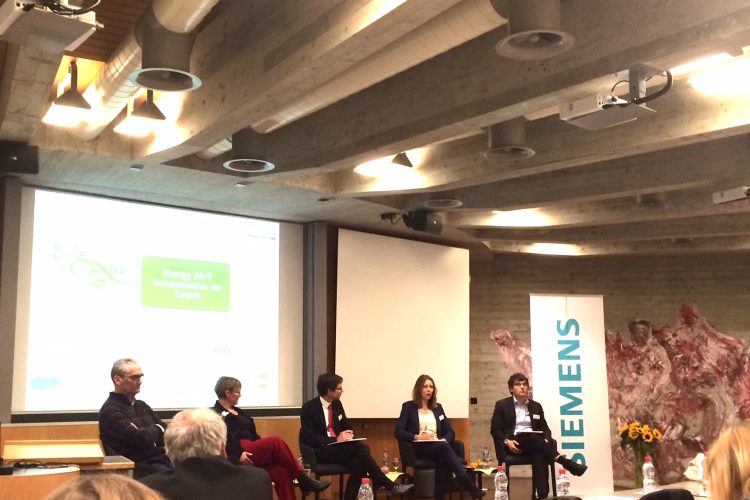As part of Oikos Green Week 2018, join our exciting lecture in collaboration with Ørsted and Tomorrow. Get your ticket for free with the link above! About the speakers:...
Abstract In 2016, one of the largest renewable energy companies in the world, US-based SunEdison Inc., filed for bankruptcy when it couldn’t service the debt it had raised to...
Abstract Shortly after the Fukushima meltdown of 2011, the Swiss government developed an Energy Strategy 2050, aimed to build up renewable energy capacity, improve energy efficiency and phase out...
Digitalization – the increased use of information and communication technologies (ICT) – is affecting all areas of our lives. Rapid progress in the development of hardware and software is...
On November 15, oikos Alumni came together for the fifth Alumni Debate in Zurich, Switzerland. The developments on the intersection of urbanization and digitalization were at the center of...
oikos Alumni Debate on “Smart Cities” announced The way we live in cities is drastically changing. Under the rubric Smart City innovative technologies rebuild the foundations of housing, mobility...
Leading voices from the Swiss energy sector came together on October 21st at the University of St. Gallen for the annual oikos Conference, hosted and organized by oikos St....
The present Masters (MEng) thesis aims to analyse both qualitatively and quantitatively, the risks and opportunities arising from shale gas development in the US. The thesis draws upon multiple...
Abstract In 2011 three young entrepreneurs, Jakob Assmann, Florian Henle and Simon Stadler, set out to revolutionize the energy market by offering a radical solution for customers to...
Abstract Cofely, a large international technical services provider, is observing important changes at the fringes of its industry. Two industries that have experienced pressure towards being more environmentally...

